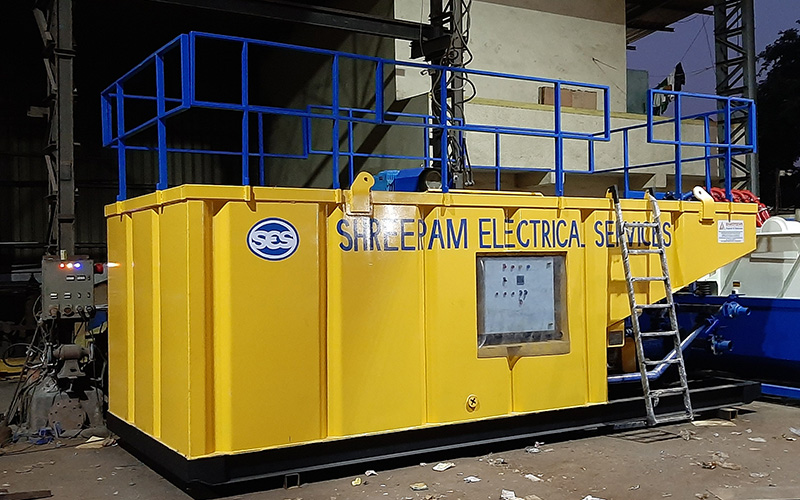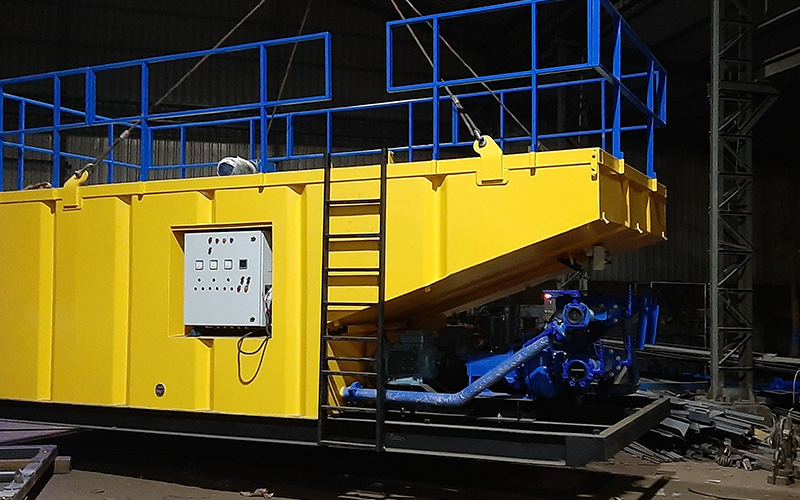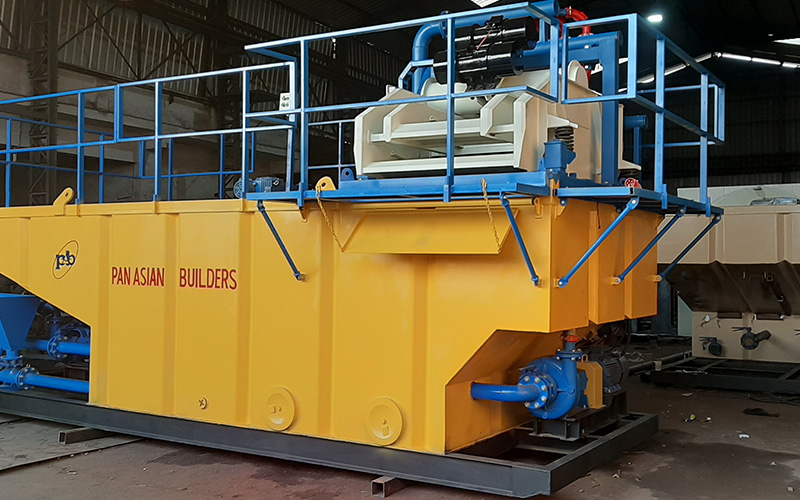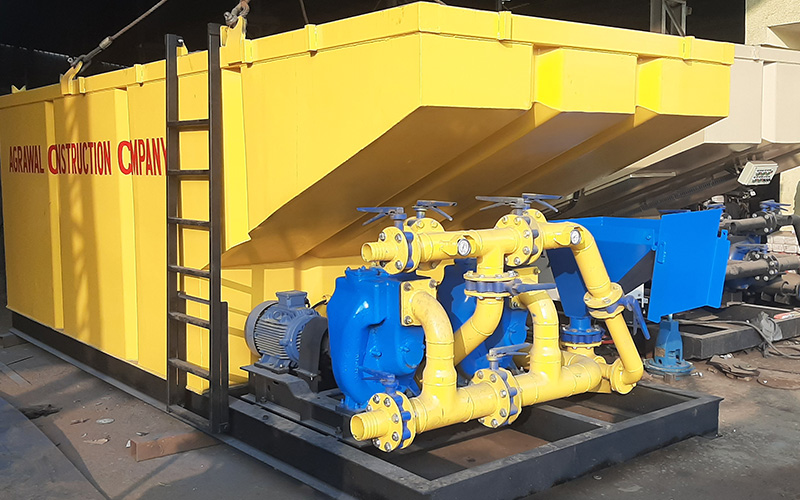
Bhagyoday Engineer Pvt Ltd is a leading manufacturer & Supplier of bentonite mixing tanks in Ahmedabad, India. We offer a wide range of tanks, including small, portable tanks for personal use, and large, industrial-sized tanks for commercial & industrial use. Also, we offer a wide range of tanks like Bentonite Mixing Tank, storage silo, storage tank, bulk tank, Bin & Hoppers, polymer mixing tank and other industrial applications.
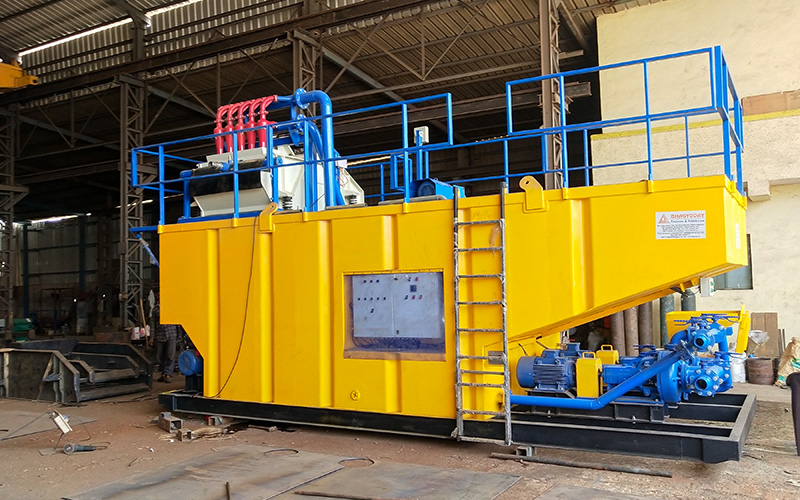
Here are the steps on how to manufacture a bentonite mixing tank:
The first step is to cut the steel plate or sheet metal to the desired dimensions of the tank. Once the tank is cut, you will need to weld the seams together. Once the tank is welded, you will need to install the pipe fittings and pump. The pump will be used to circulate the bentonite clay and water mixture. The motor will power the pump. The electrical wiring will connect the motor to the control panel. The control panel will allow you to control the speed of the pump and the amount of bentonite clay and water in the mixture.
Design the tank: The design of the tank will depend on the size and capacity of the tank, as well as the specific application. For example, a tank that will be used to mix bentonite for drilling mud will need to be designed differently than a tank that will be used to mix bentonite for store and distribute bentonite in the tunnel.
Fabricate the tank: The tank can be fabricated using a variety of methods, including welding, casting, and machining. The method used will depend on the size and complexity of the tank.
Install the agitator: The agitator is the component that mixes the bentonite. There are a variety of agitators available, including paddle agitators, helical ribbon agitators, and sigma blade agitators. The type of agitator used will depend on the specific application.
Test the tank: Once the tank is fabricated and the agitator is installed, the tank should be tested to ensure that it is working properly. This can be done by mixing a batch of bentonite and observing how the tank performs.
Here are some additional tips for manufacturing a bentonite mixing tank machine:
- Use high-quality materials to ensure the longevity of the tank.
- Design the tank to be easy to clean and maintain.
- Install a reliable agitator that can mix the bentonite thoroughly.
- Test the tank thoroughly before use.
- By following these steps, you can manufacture a bentonite mixing tank machine that is safe, effective, and long-lasting.
| MODEL | FEATURES |
| Type | Package |
| Design | Standards |
| Model | 10 to 60 KL (With or Without compartment) |
| Each Compartment | as per model |
| Tank Length | 4 Mtr To 12 Mtr. |
| Tank Width | 2 Mtr. To 2.4 Mtr. |
| Pump & Motor | Full Open Centrifugal Pump With Mechanical Seal |
| Tank Weight | As Per model |
| Temperature | 30 to 80°c Max |
| Material Specific Gravity | 60 To 175 |
| Tank Testing | Hydro |

